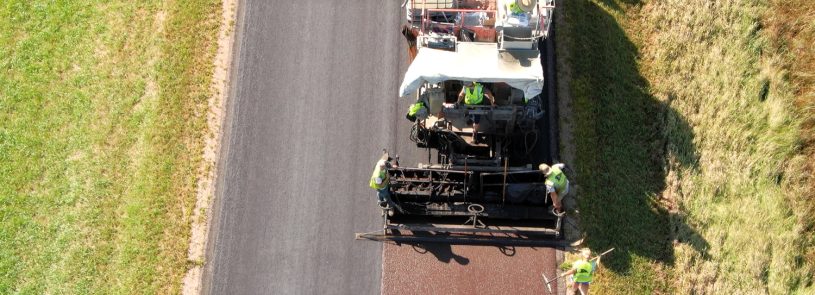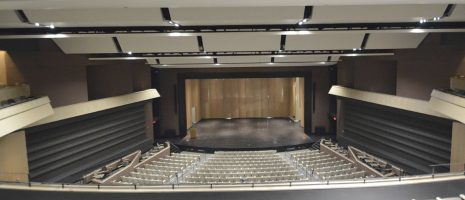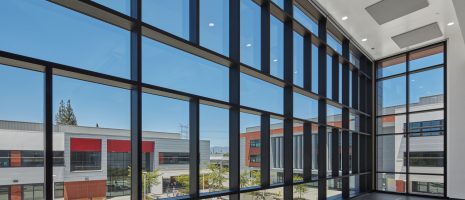Microsurfacing can extend the life of your roads

By Joshua Prather
Microsurfacing has become a popular road improvement technique because it is a cost-effective way to extend the life of a roadway. Municipalities like it because it can be installed quickly and at all hours of the day; curing is not temperature-dependent; and it sets fast — roads can be reopened to foot traffic in 10 minutes and to vehicles in as little as half an hour.
What is microsurfacing?
It’s a protective seal coat used for preventive maintenance on roads that are structurally sound but have cracks or rutting. It’s done by applying a thin layer of emulsified asphalt, aggregate, mineral filler, and water over the roadway. It can be used to repair minor cracks and ruts (up to 1.5-inches deep), improve the skid surface, and restore a uniform black color. When cured, it will resist further pavement shoving and rutting.
What is the process?
A civil engineer will measure the road, taking into account its width, rutting depths, and shoulder condition. They will use that data to figure out how many courses are needed, the scratch box width, and the surface course width.
The materials contractor will send materials on a just-in-time basis, enough to resurface the day’s roadway work. It will need to be stockpiled in an area near the job site.
Laying the microsurfacing is a fluid and smooth process, with the product mixed on one machine. The microsurfacing truck will make up to three passes along the roadway: the rutting, scratch, and surface courses.
During this process, the rut box is usually 5 feet to 6 feet. The scratch course will leave a gap at the centerline and along the shoulder, which will be pressed down to a smooth surface during the surface course. Field inspectors will keep track of the quantities of material being used, watch the shoulders to keep the microsurfacing on the roadway, and watch for overlaps outside the 2-inch specification.
Costs and life cycle
Microsurfacing will cost approximately $50,000 to $70,000 a mile, more expensive than a slurry or chip seal, but less than the price of an asphalt overlay. Compared to traditional resurfacing methods, it uses approximately 35% less raw material, and can extend the life of the roadway by five to 10 years. It is also a more environmentally friendly choice. Microsurfacing has been found to reduce greenhouse gases by 44% and energy use by 54% or more, compared to traditional resurfacing methods.
While it can’t repair wide cracking or increase the road’s structural capacity, municipalities are finding it is a cost-effective solution to extend the life of roadways.
Watch now:












